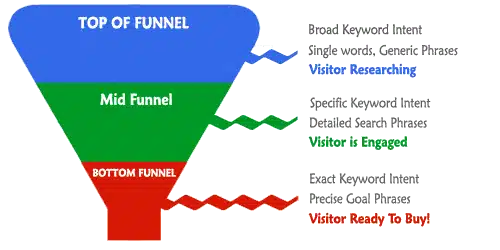Marketing is about spreading ideas, and spreading ideas is the single most important output of our civilization. Ideas are like a trail of breadcrumbs that you want your consumers to discover. Often, like in the story of Hansel & Gretel, you find the breadcrumbs get lost, and your consumer is lost along the way. Content layering is a useful technique to allow your consumer to gather information relevant to their needs.
Content layering involves creating content that generates links, ranks well and layers directly on top of your key product/service. For instance, before buying purchasing a shoe online a user will be searching for a term like “shoe size chart” or “shoe size calculator” as the measurements differ in the UK, US & Europe. Both the searches happen before the purchase but are not commercial in nature. Keyword searches for ‘shoe size chart’ and ‘shoe size calculator’ have a monthly volume of 31,000 searches across the US alone.
As a shoe manufacturer, if you could provide value to the user right before they make their purchase its highly possible that they might buy from you.
For a brand that sells shoes, the value doesn’t lie in the marketing funnel purchase stuff that you’ve read a million times before. The power lies in the additional SEO benefits that come from layering a page like this on top of their core landing page.
- Brand Awareness: For users who for “shoe size chart” and visit your site are more likely to shop from your website. Content layering results in a spike in click-through-rate as it improves your perceived brand authority.
- Topical Authority: If your layered content generates a lot of backlinks it helps in improving your topical authority. As your content directly layers over your core landing page, it may increase topic authority/funnel relevancy to the landing page. Nothing groundbreaking, but there’s no doubt that increasing your authority through links, and more content around the subject, may impact the bottom-stage ranking as well.
- Back-Links to Core Content: The core landing page also gets back-links in the outreach process due to semantic closeness.
If your brand ranks well for mid-funnel content, then it can result in improved ranking for bottom-level funnel content as well. Content layering strategy enables a brand to push bottom funnel landing pages higher.

